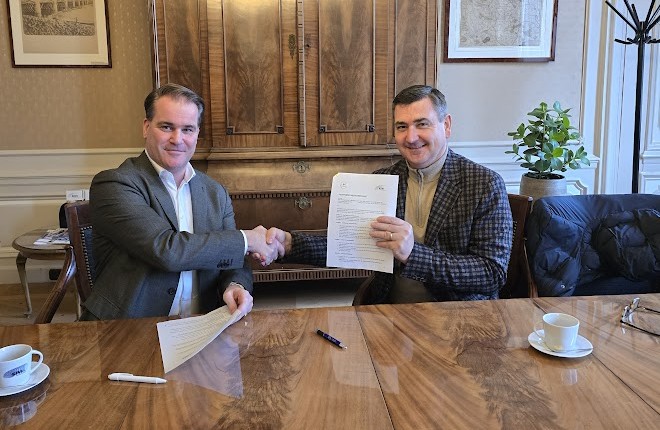
Qualinx has raised an additional 10.2 million dollars in Series A funding. The money comes from existing backers, Forward.one, Innovationquarter Capital and Waterman Ventures, and includes an Innovation Credit facility from the Netherlands Enterprise Agency (RVO). Together with the 8.8 million dollars (8 million euros) secured earlier this year, the Delft University of Technology spinoff now has sufficient financing to complete the development of its second-generation GNSS IoT radio system-on-chip and commence mass production in 2024.
With its Digital Radio Frequency (DRF) technology, Qualinx transfers most of a wireless chip’s analog functions into the digital domain.
This brings CMOS scaling benefits to GPS-like radios and to other industry-standard, short and long-range radios.
In all these devices, DRF functions can be configured in software to precisely tailor the radio’s performance for each application, while delivering up to 10X power reduction in smaller, lower-cost packages than those of traditional radios.
The QLX300+, Qualinx’s first-generation product, is believed to be the world’s smallest and most power-efficient GNSS sensor.
The second-generation QLX400 will combine the GNSS sensor with an IoT radio on one chip.
The GNSS sensors receive geo-positioning information, detecting signals from all major satellite systems including GPS and Galileo, to accurately determine location and time.
The addition of a radio creates a low-power SoC that will extend the operating life of battery-powered products from months to years.
“This next step in our Series A financing round shows the confidence of our existing investors in DRF technology. Our successful application for RVO’s Innovation Credit facility reaffirms that our technology and market strategy are on track”, comments Qualinx CEO Tom Trill.
“Early customer engagements confirm that geo-positioning and asset tracking will be key applications for our technology, but it will be equally attractive for many other IoT products, from security devices to fitness trackers.”
by Nieke Roos Bits&Chips, 24 Oct. 2023


